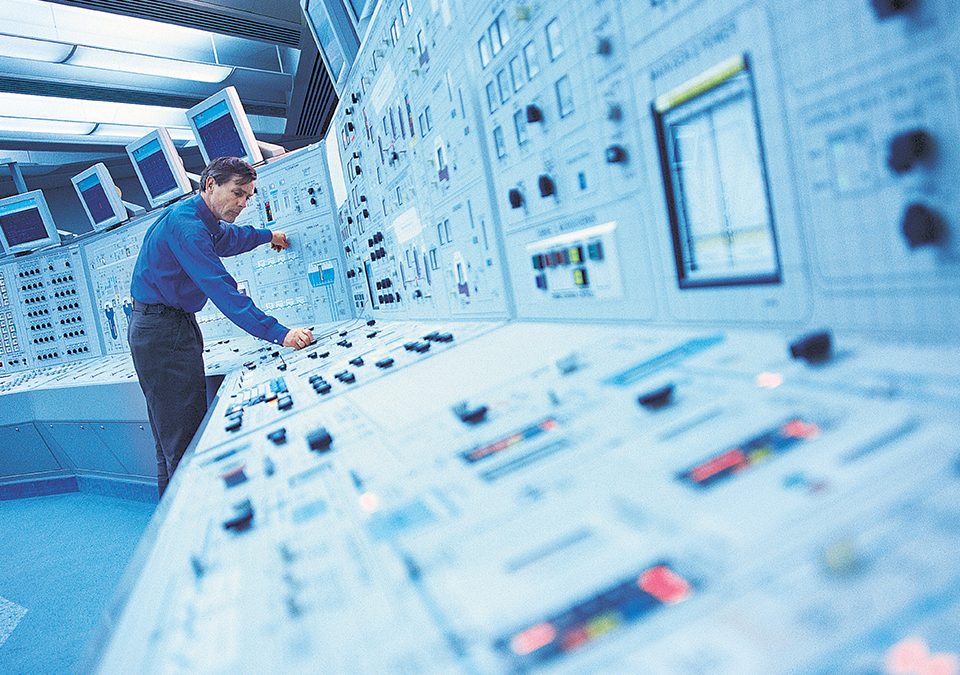The Future Is Looking Bright for U.S. LNG
Georgia’s Monthly Electricity Costs in Context
November 1, 2018
Germany is Having Problems Leaving Coal Behind
November 28, 2018U.S. liquified natural gas (LNG) exports have been growing rapidly since the industry began in February 2016 and new reports are predicting that 2019 will be the best year yet.
U.S. exporters are on track to triple production by the end of next year and, if the trend continues, we could be well on our way to being the world’s biggest exporters of natural gas by 2025. Not too bad for a country whose export industry is less than three years old. U.S. LNG is now traveling to all four corners of the globe with Mexico and South Korea taking the one and two spots respectively for top importers of U.S. gas.
Mexico, however, is expected to import less U.S. LNG in the next few years as the country looks to ramp up its own LNG production, but gas shipments are expected to flourish globally as much of Europe looks to U.S. LNG to as an alternative to Russian piped gas, and to upgrade energy security with more supply diversity. In fact, earlier this month Poland signed an agreement to purchase U.S. LNG supplies. Russia currently supplies more than half of Poland’s gas, but that will likely change as U.S. prices tend to be 20-30% cheaper. If these low prices can be maintained, they could be a game-changer for global markets.
Still, more needs to be done for U.S. gas exports to reach their full potential. Having access to one or more West Coast export terminals could greatly reduce transport costs to Asia and eliminate the tolls and future constraints of using the Panama Canal to transport gas. Currently, the Panama Canal is transporting record amounts of LNG and tolls are expected to rise accordingly. However, stringent environmental laws on the West Coast are proving problematic for access to a future export terminal.
Also complicating things is China’s 10% tariff on U.S. LNG which has already led to the delay of at least one major export project in Louisiana. China is also looking to ramp up its own gas industry in order to cut greenhouse gas emissions from electricity generation. However, lower U.S. prices will greatly incentivize imports rather than domestic production.
Even though there a few obstacles to overcome, the future for U.S. LNG exports is looking bright. EIA projects U.S. gas production will grow at nearly twice the rate of consumption leaving an enormous surplus available for export. Global demand will only increase as countries look to cut emissions with clean burning natural gas, making the world full of customers for U.S. exports. 2019 may be a good year for U.S. LNG, but the years to come may be even better.
Online recommendations
- Casino Non Aams
- Slot Sites UK
- Non Gamstop Casino
- UK Online Casinos Not On Gamstop
- UK Online Casinos Not On Gamstop
- Casino Sites Not On Gamstop
- Online Casinos
- Best Non Gamstop Casinos
- Non Gamstop Casino Sites UK
- Non Gamstop Casinos UK
- UK Betting Sites Not On Gamstop
- Casinos Not On Gamstop
- Non Gamstop Casinos
- Non Gamstop Casinos
- Best Non Gamstop Casinos
- UK Online Casinos Not On Gamstop
- Casino Sites Not On Gamstop
- Non Gamstop Casino
- Casino Not On Gamstop
- Casinos Not On Gamstop
- New Non Gamstop Casinos No Deposit Bonus



